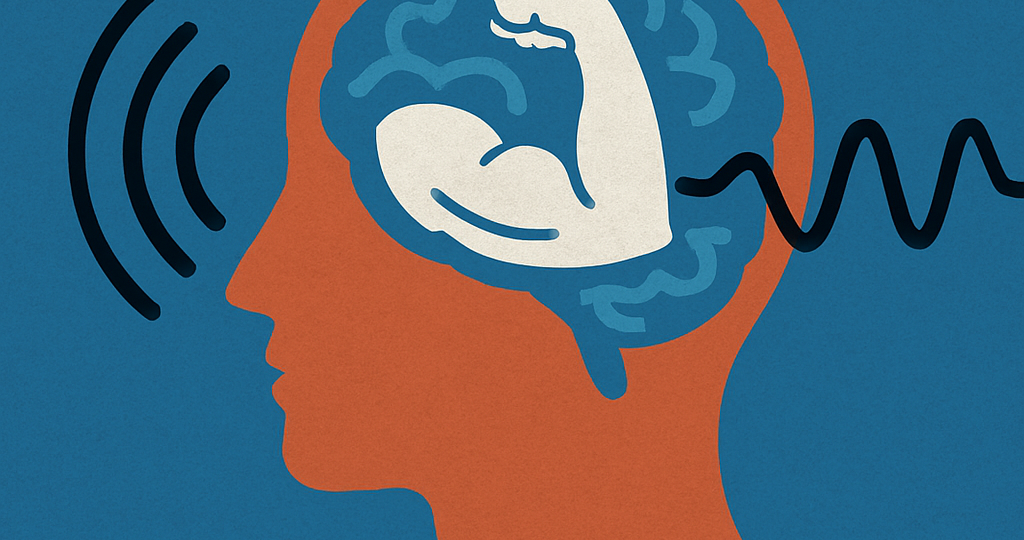
You’re watching someone balance a tray of drinks across a crowded room. As they wobble, you feel your own muscles tense slightly, as if you’re helping them steady the load. This isn’t you “imagining” their movement—it’s your brain quietly simulating it. This phenomenon is called motor resonance, and it’s one of the subtle ways our minds sync with the actions of others.
Motor resonance is powered by specialized brain cells known as mirror neurons, first discovered in the early 1990s by Italian neuroscientist Giacomo Rizzolatti and his team at the University of Parma. While studying macaque monkeys, they noticed certain neurons fired both when the monkey performed an action and when it simply watched someone else perform that action. This meant the brain was “resonating” with observed movement, almost like an internal rehearsal. Later research showed humans have similar systems, explaining why we flinch when someone else stubs their toe or feel the urge to yawn when we see someone else do it.
Beyond empathy, motor resonance plays a role in learning and performance. Athletes, for example, often watch videos of perfect form to enhance their own skills—not just for inspiration, but because the brain’s motor systems light up as if practicing the movement itself. Physical therapists sometimes use it for rehabilitation, encouraging patients to watch others perform movements before attempting them. Even dancers rely on it, as observing choreography activates similar neural pathways to actually dancing.
Motor resonance shows us that connection isn’t only emotional—it’s physical, too. Our brains are wired to tune in to each other’s actions, creating an invisible current of shared motion. So the next time you find yourself gripping your chair during an action scene, you can thank your motor resonance for joining the performance.
RELATED POSTS
View all


